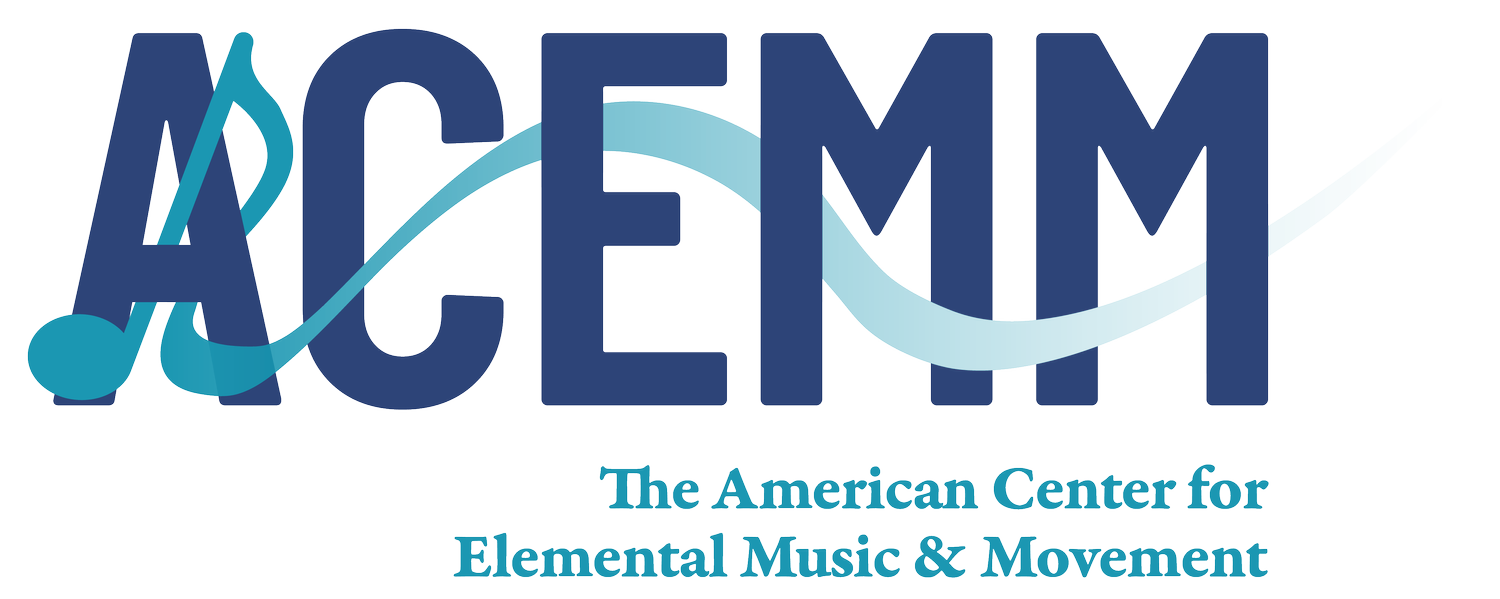Popular Music can be Elemental Music, Too!
What do children in elementary music classrooms and popular musicians have in common? A desire to express themselves creatively through music making. We know this occurs often with elemental music making, but can popular music and music education co-exist? Absolutely.
When I began my career in music education, I was teaching K–8 general music as an Orff-trained teacher. The longer I taught, the more I noticed a disconnect between my students and some of the music I was introducing into the classroom. I began dabbling in using popular music in the classroom, largely to appeal to my middle school students. It worked! Engagement and learning skyrocketed and I was learning so much about my students. Soon, I fell into a rabbit hole of research—I found books by Dr. Lucy Green, who investigated how popular musicians learned and how she applied those pedagogical processes in classrooms in the United Kingdom. I discovered organizations like the Association for Popular Music Education and Little Kids Rock. As I began attending conferences and sharing my own work with popular music in the classroom, I started to see the many overlaps between active approaches to general music education (particularly Orff) and popular music—both the learning processes and the structure of the repertoire.
Learning Processes
Researchers have studied how popular musicians learn (Campbell, 1995; Davis, 2005; Green, 2002). In active music making classrooms, the same learning processes can be found.
First, music is primarily learned aurally through listening and imitation. Popular musicians imitate their favorite artists before creating original pieces. For example, The Beatles covered Chuck Berry and Little Richard songs early in their careers such as “Roll Over Beethoven” and “Long Tall Sally.” Children do this as well on their own, as I discovered in a 2013 study where I observed children on a playground. For example, the handclapping game, “ABC” pulls from the Jackson Five’s song, “ABC.” In the classroom, children are often imitating the teacher, who serves as the musical model.
Second, musical exploration and co-constructing content occurs frequently. This can appear messy and chaotic at times, but the end result is a collaborative music making of a pre-created piece, an adaptation of repertoire, or the creation of an original piece of music. Each member of the group contributes to exploring musical ideas as they seek to create an original piece. With popular musicians, this occurs in garages, studios, and even bedrooms, as with Billie Eilish and her brother Finneas O’Connell. In elementary schools, this exploration and creation occurs between children in small groups of pairs after a period of imitation led by the teacher.
Third, self-directed and peer-learning strategies are often used for processing materials and solving musical problems. Popular musicians employ these strategies at all times since they are working together to cover songs or create new materials; children often do this on playgrounds. In school, children are allotted time for this during music class where exploration and creation are the goal.
The environment is important for these kinds of learning processes to occur. It must be both inclusive and accessible. Everyone should be seen as a musician and is included in the music making. Adaptations are made so that everyone can participate. In popular music groups, the musicians make that self-adjustment. In the elemental music classroom, it is the teacher’s responsibility to help the children be included. An inclusive and accessible classroom environment invites collaborative musical exploration and creation while simultaneously developing aural and performance skills.
Music Characteristics
Elemental music is characterized by simple forms, ostinati patterns, and simple shifting harmonies. Much of the folk and world music used in U.S. music classrooms is pentatonic and diatonic, with repetitive melodic and rhythmic patterns (Orff, 1978). Popular music also often has repeating ostinato patterns and simple form. Though the tonality of popular music is largely diatonic, there are many modal and pentatonic popular songs. As with other repertoire, the elemental qualities of popular music make it easy to break down pieces and teach by rote, as well as invite improvisation and composition in the classroom. Follow the links below to see a lesson where elemental movement is used in conjunction with a popular song.
Dance Party Part 1
Dance Party Part 2
References
Campbell, P. S. (1995). Of garage bands and song-getting: The musical development of young rock musicians. Research Studies in Music Education, 4(1), 12–20. doi:10.1177/1321103X9500400103
Davis, S. G. (2005). “That thing you do!”: Compositional processes of a rock band. International Journal of Education & the Arts, 6(16), 1–19. http://www.ijea.org/v6n16/
Green, L. (2002). How popular musicians learn: A way ahead for music education. Ashgate Publishing Group.
Orff, C. (1978). The Schulwerk (M. Murray, Trans.). Schott Music.
Martina Vasil, PhD, is assistant professor of music education and director of the Modern Band, Orff Schulwerk, and Dalcroze Summer Institute at the University of Kentucky. She teaches collegiate courses in general music, popular music education, and qualitative research and music preK–6 at Lexington Montessori School. She has earned Orff Level III, Dalcroze Level II, World Music Drumming Level 1, and Modern Band certification.

